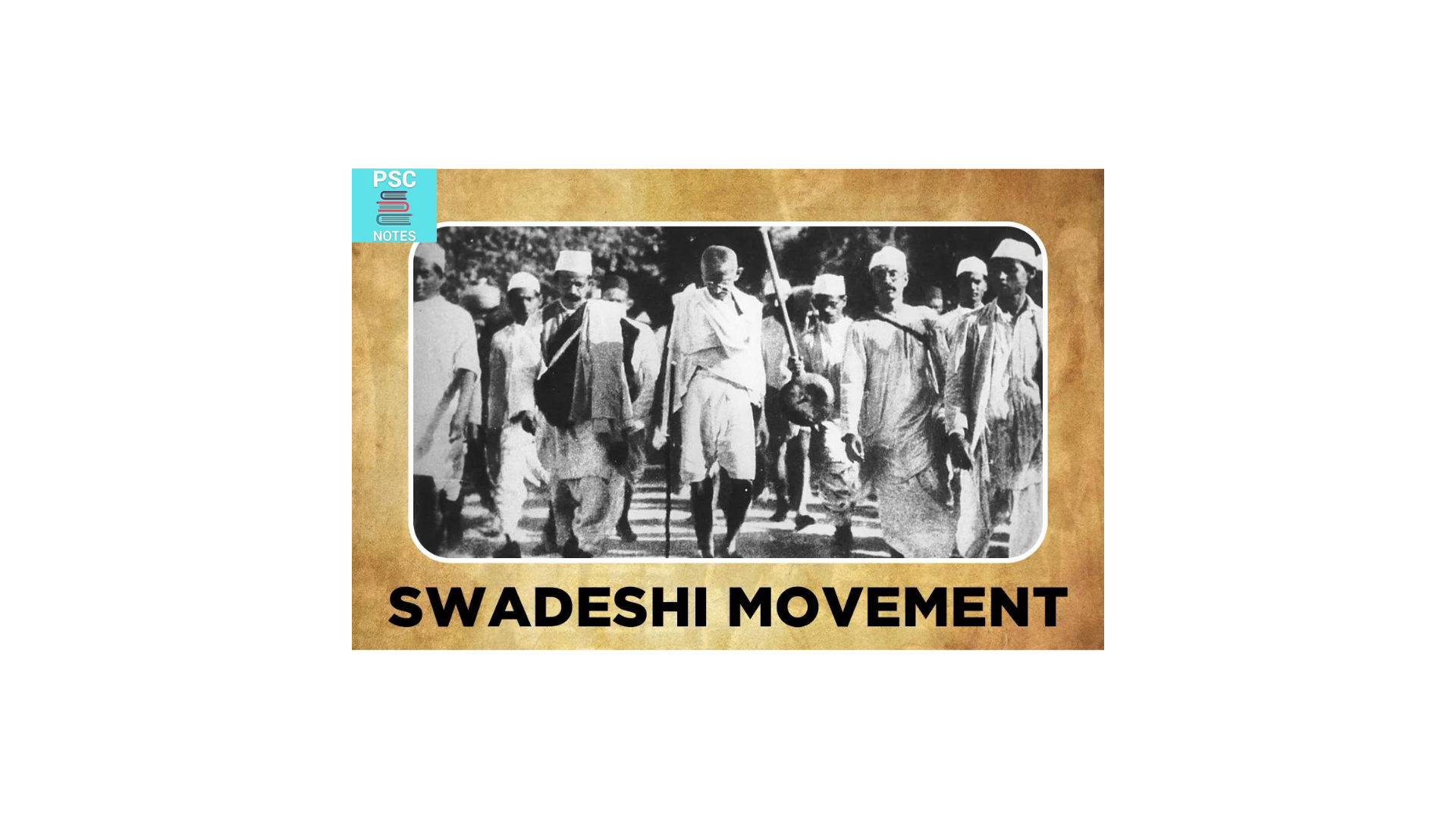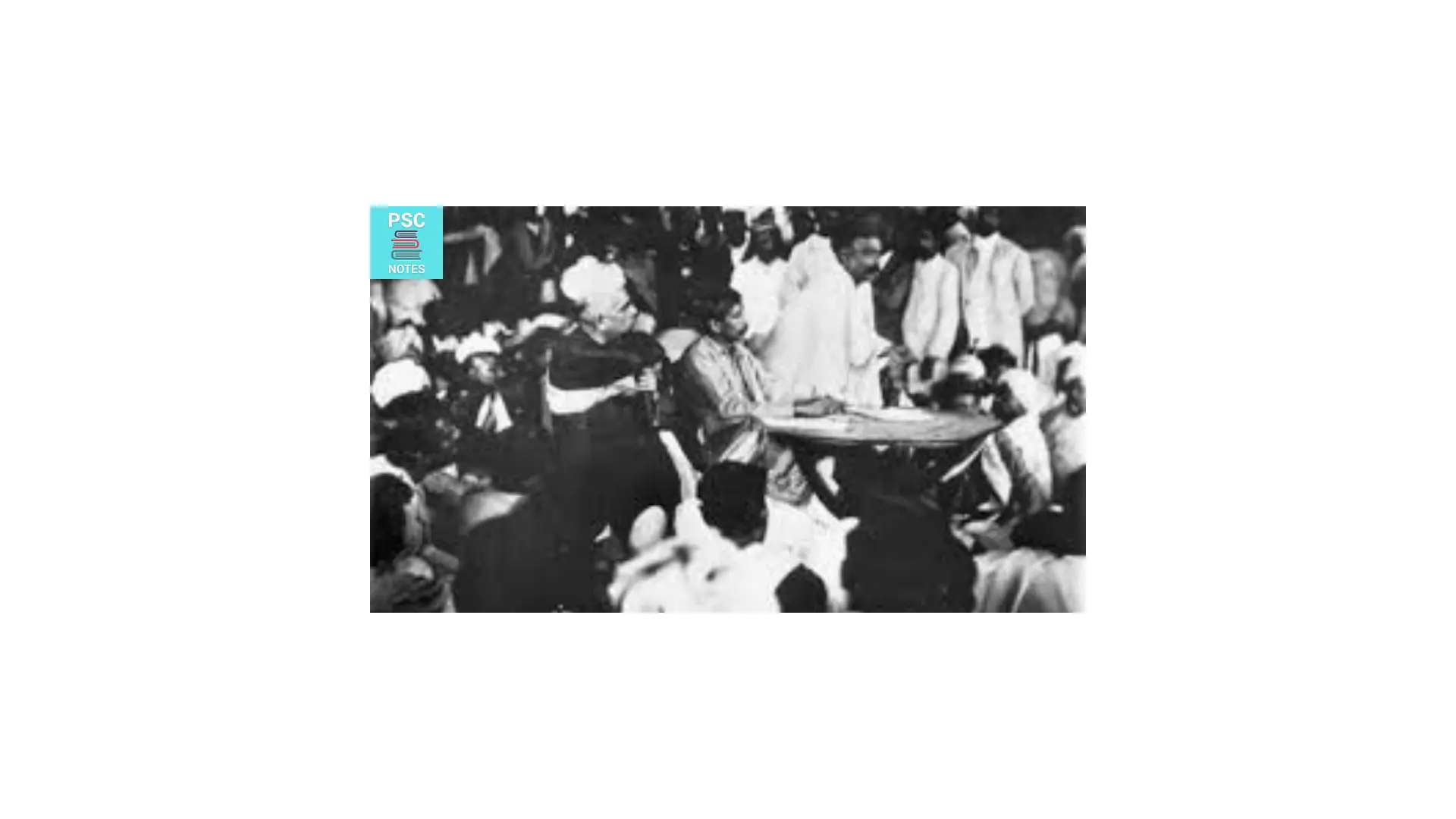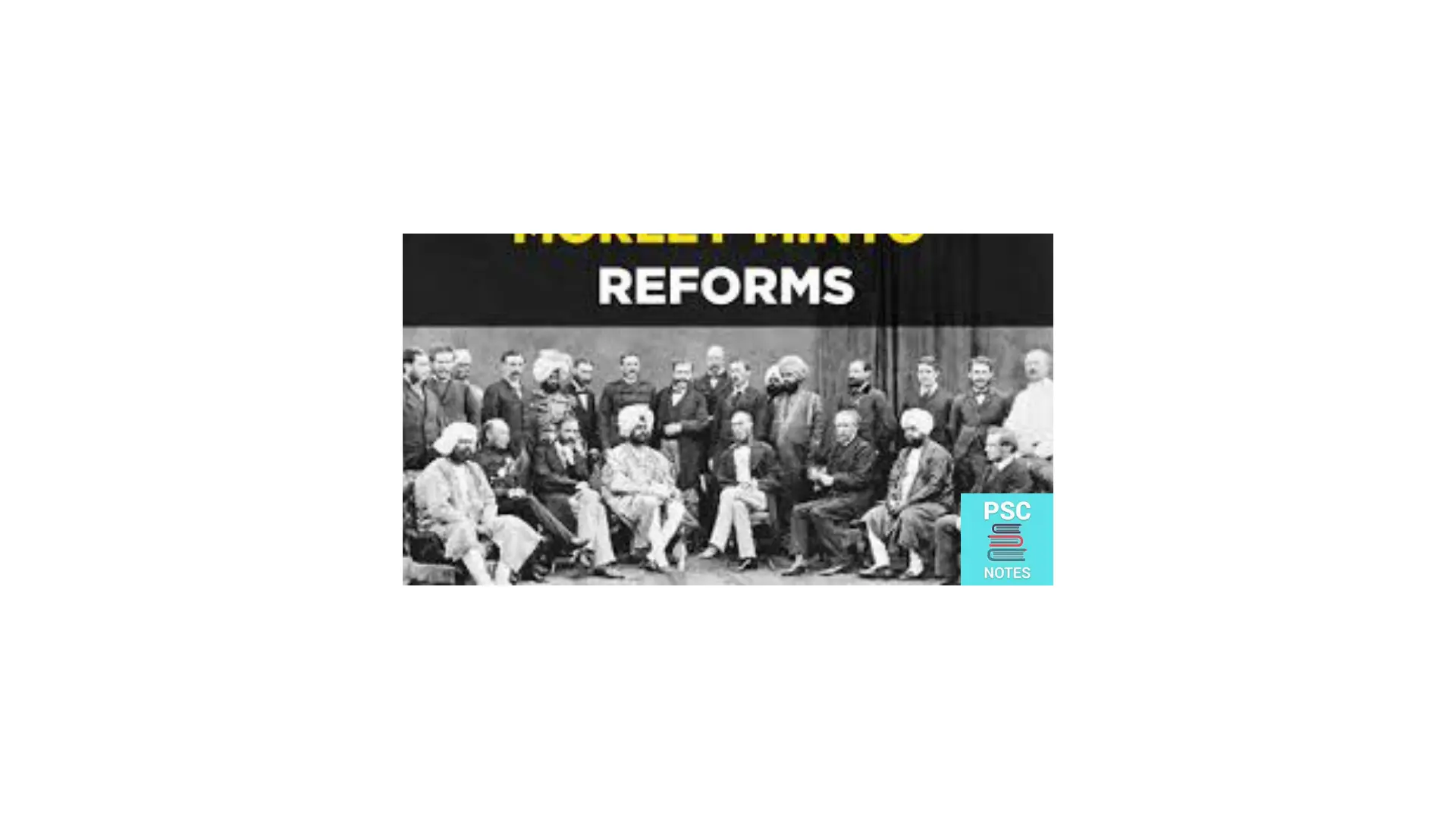Test 1 :-Indian Constitution, Political System &Governance
[WATU 12] , The Indian Constitution is the supreme law of India. It was adopted on 26 November 1949, and came into effect on 26 January 1950. The Constitution establishes the basic structure of the Indian government, and defines the rights and duties of its citizens. The Preamble to the Constitution states that India is … Read more



